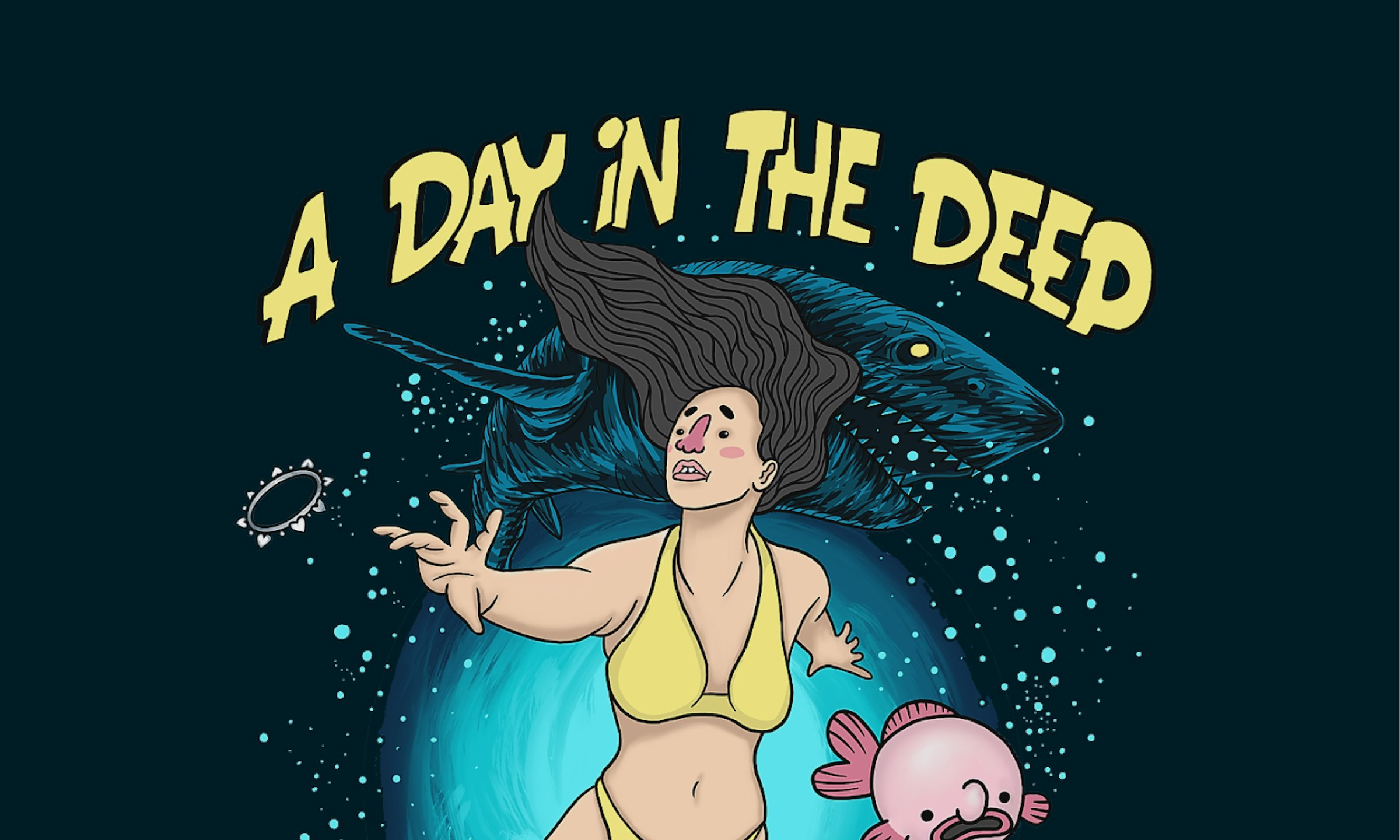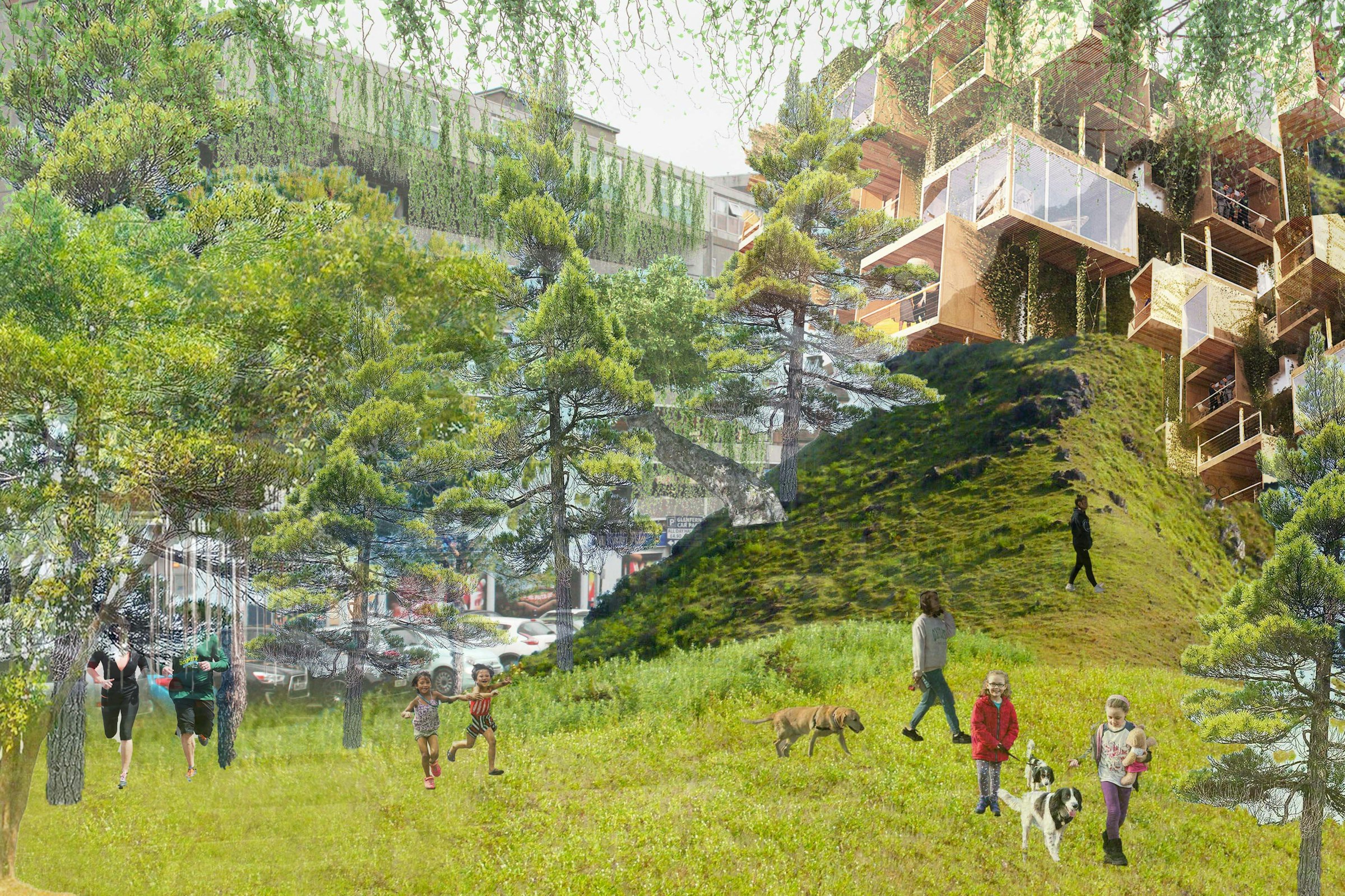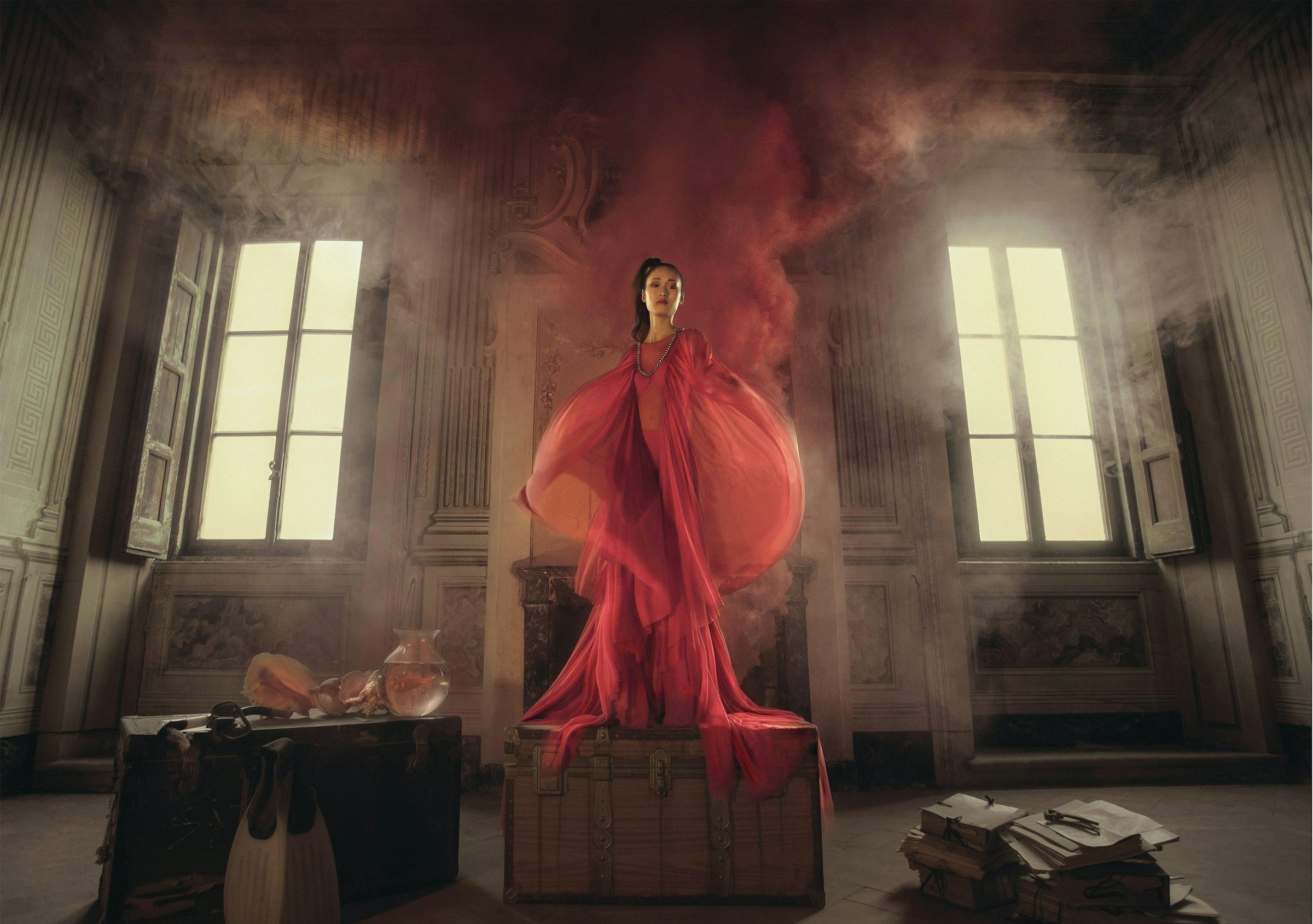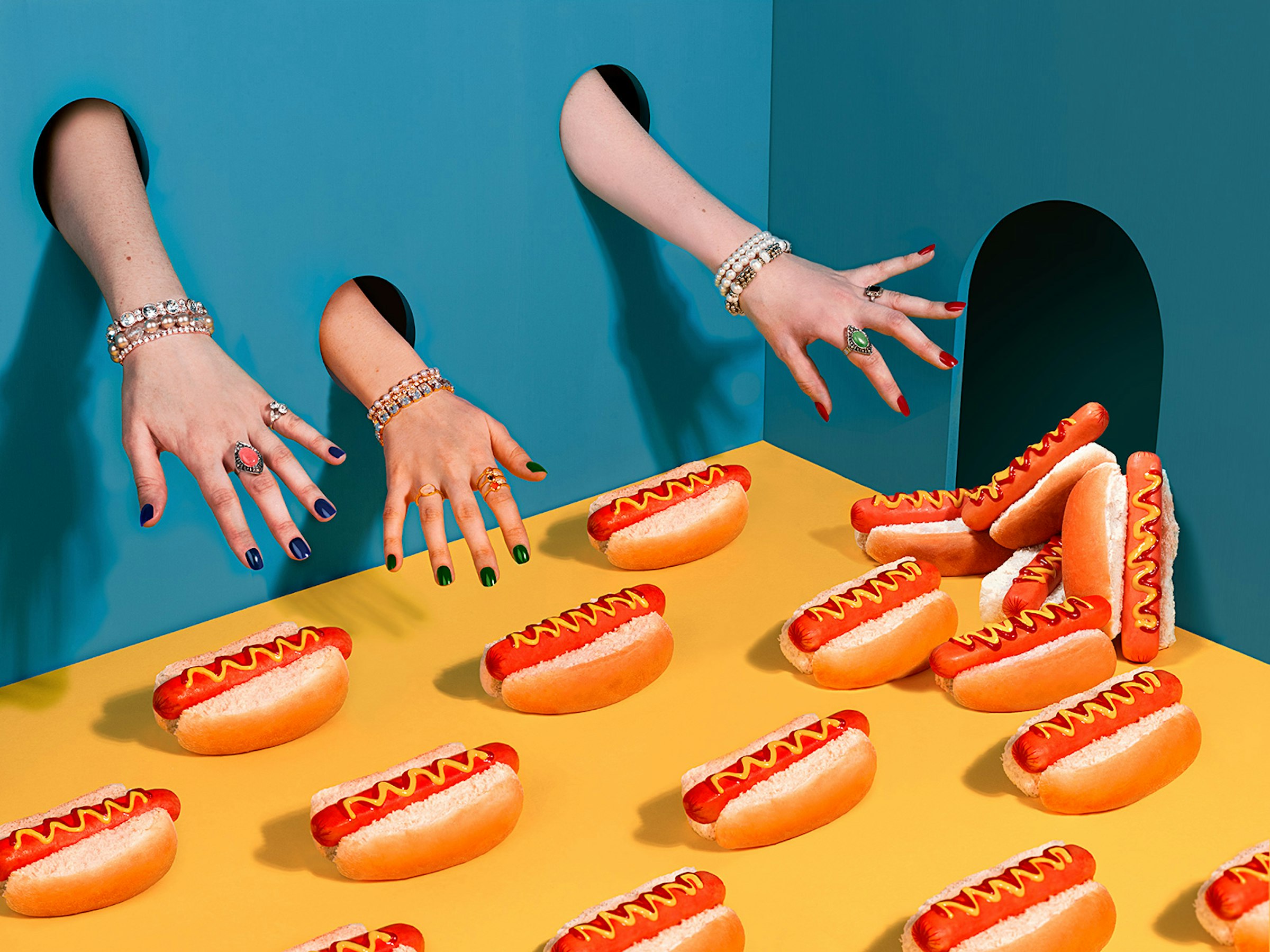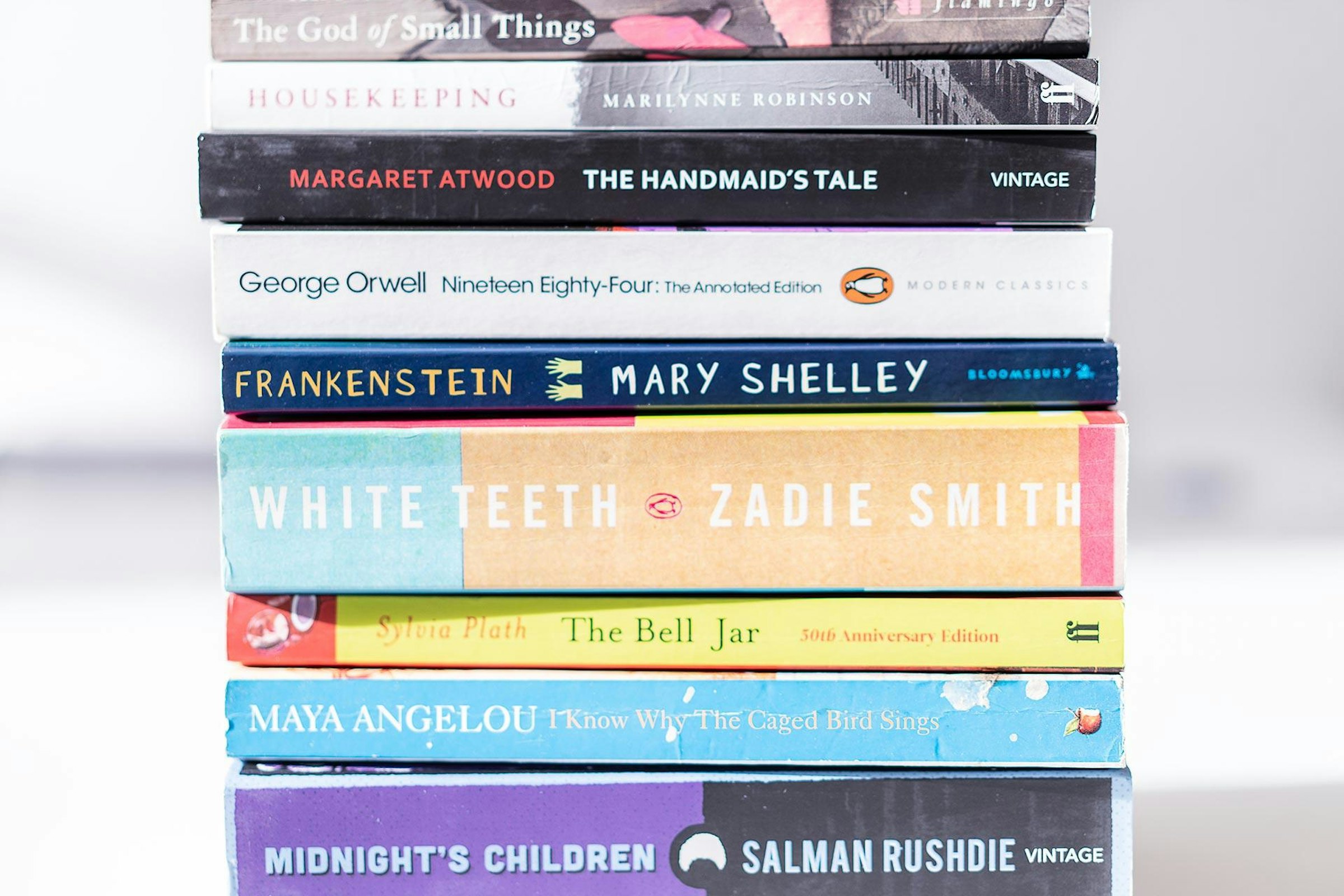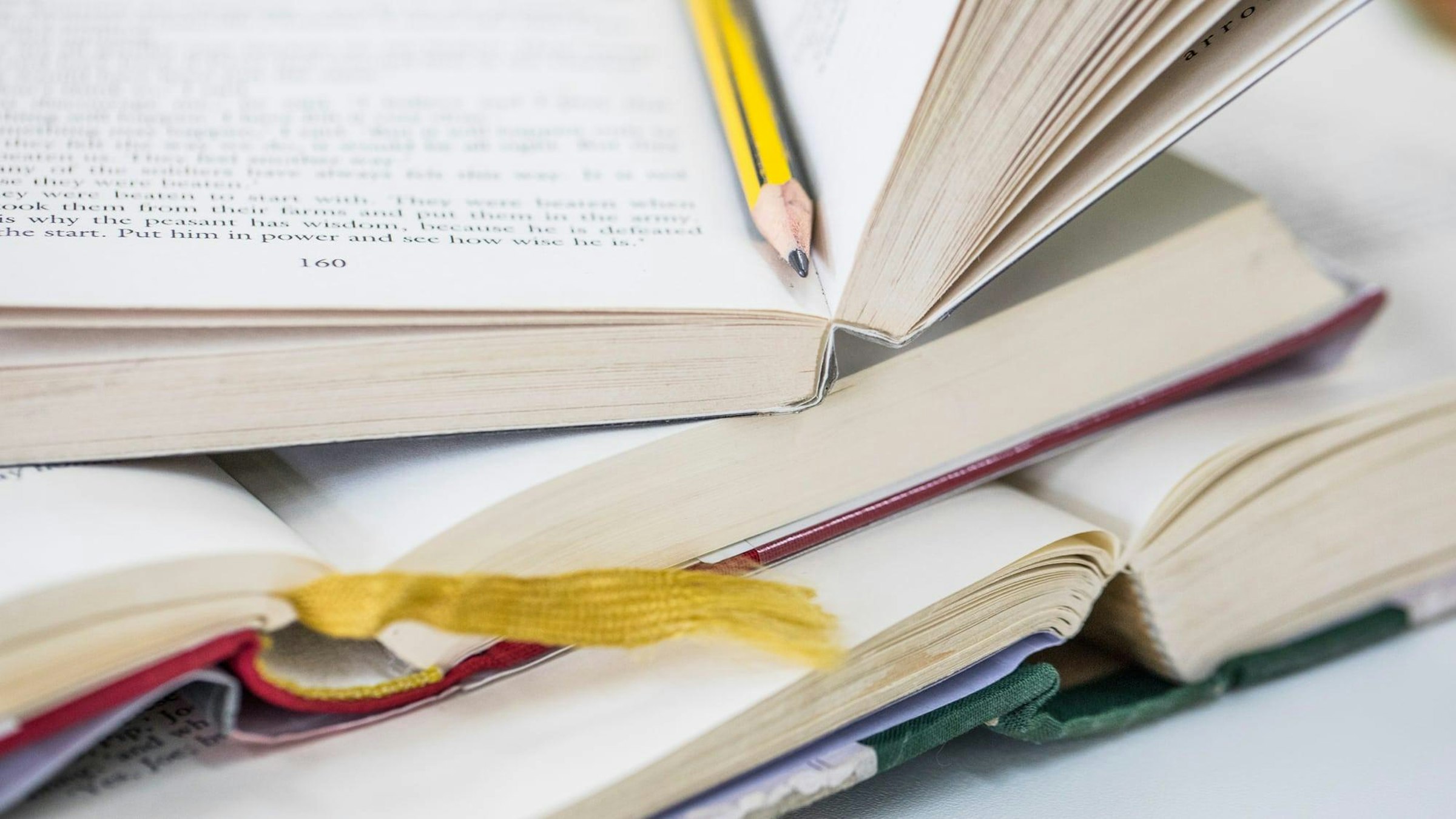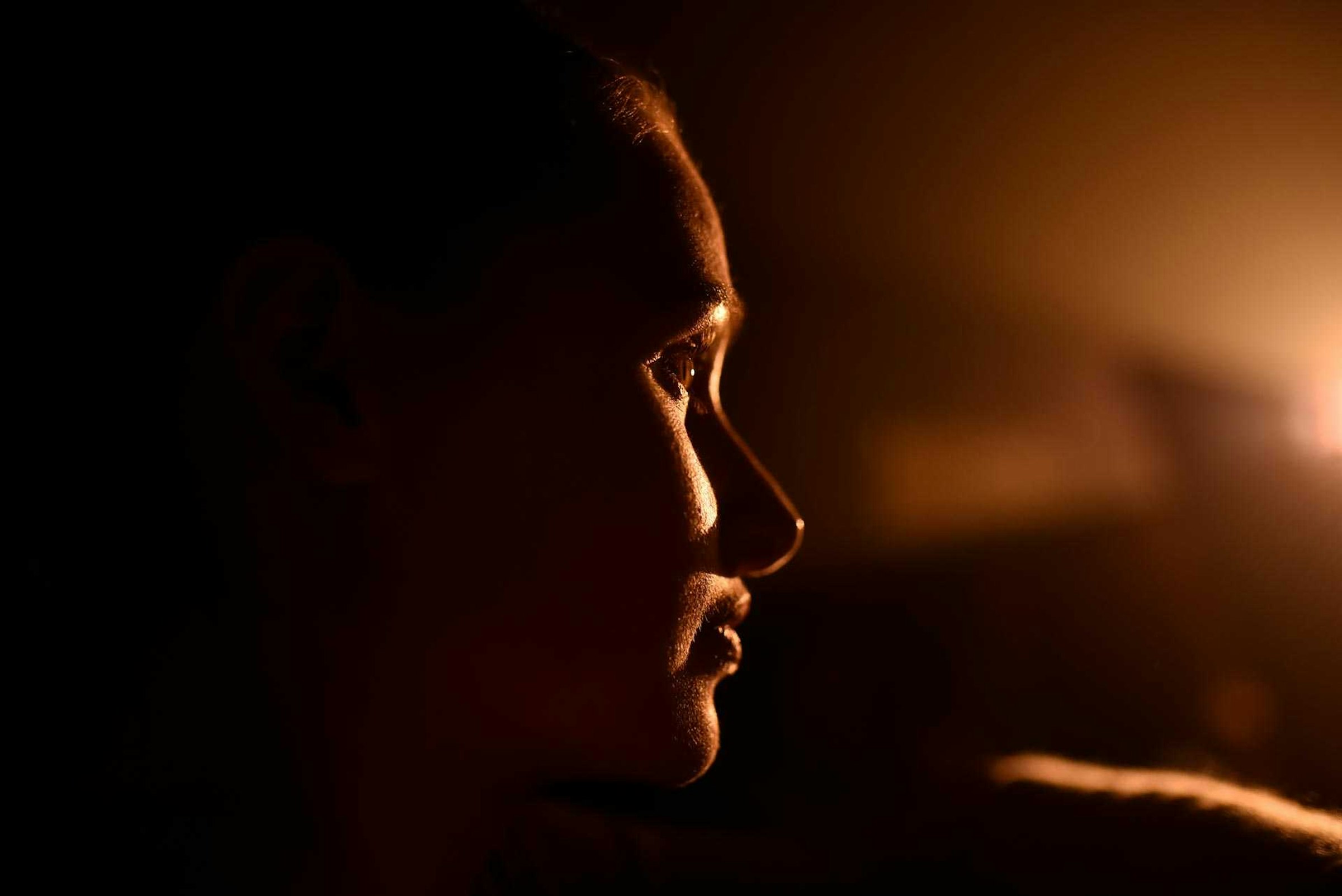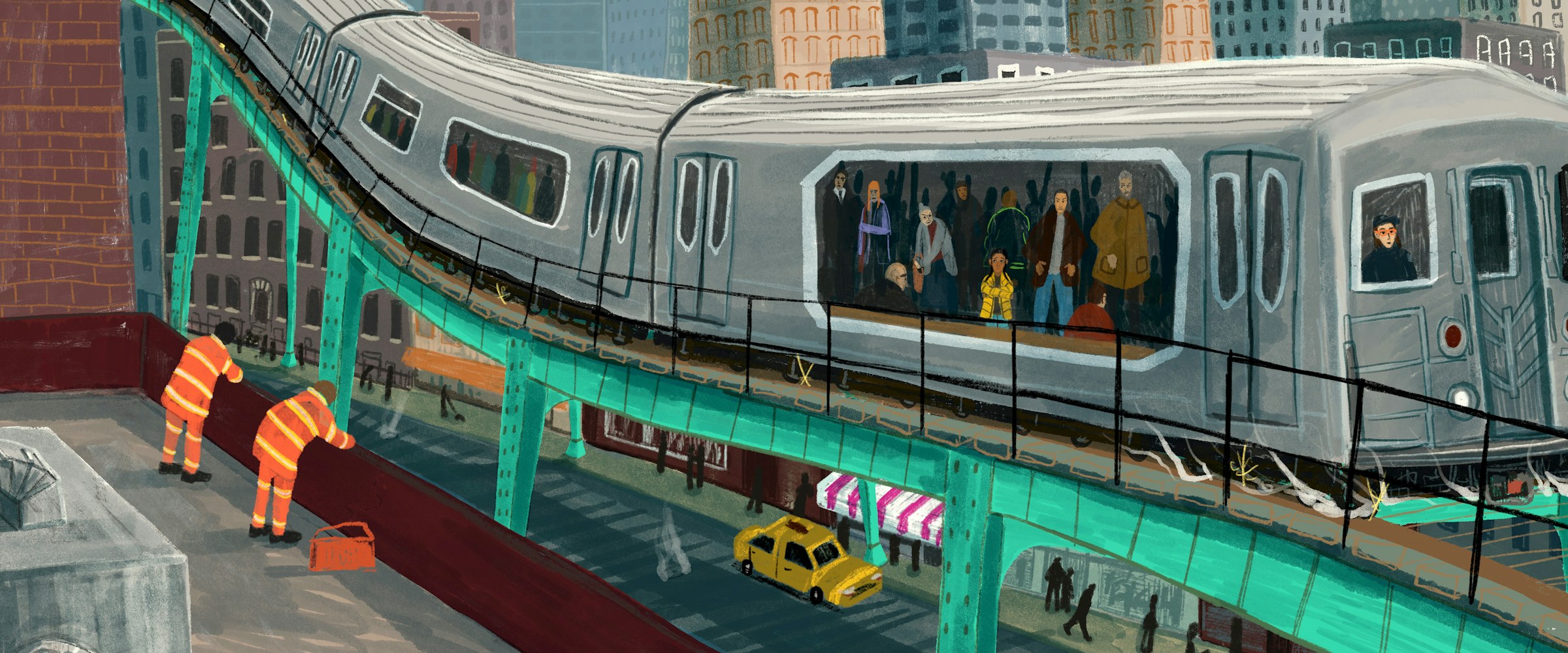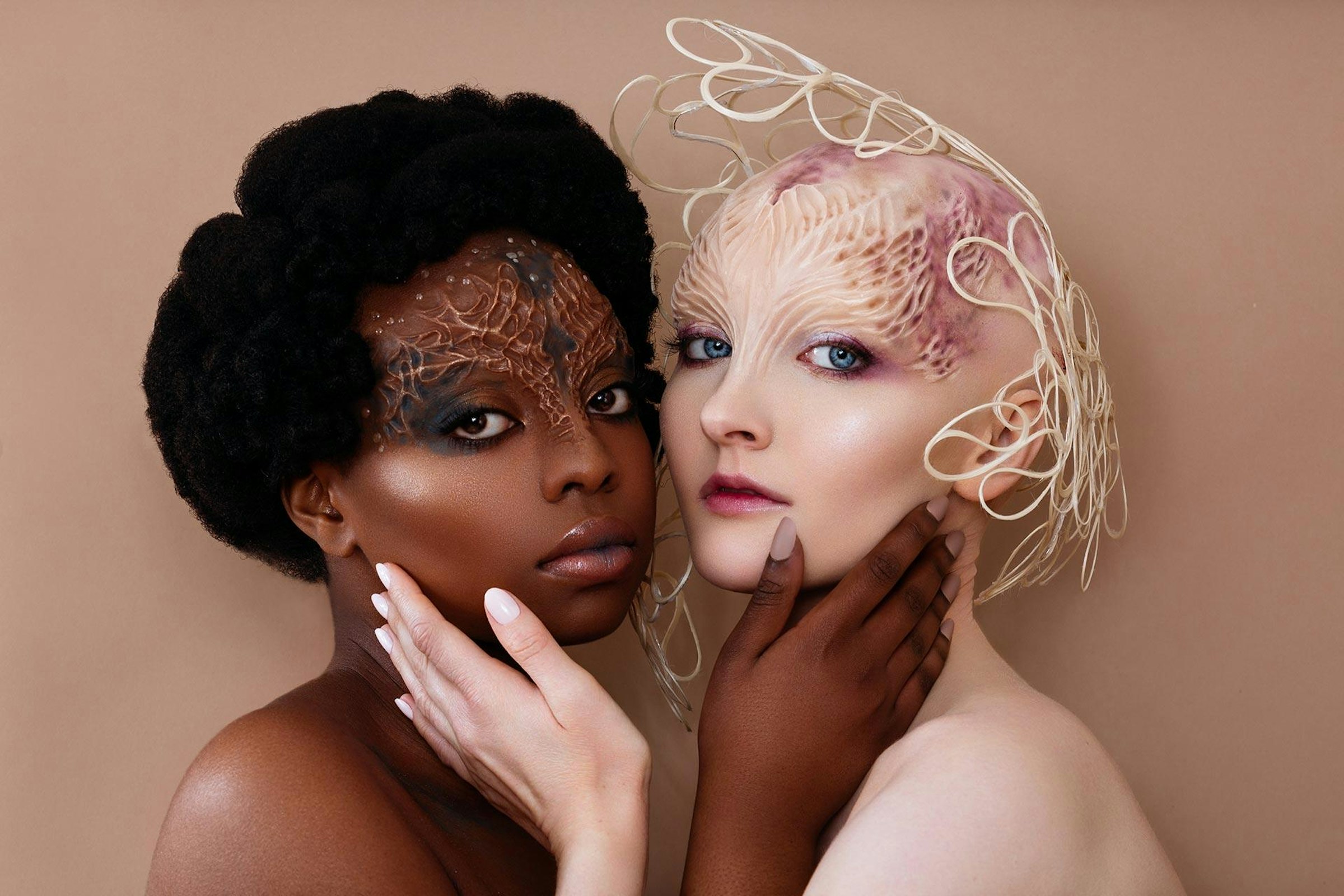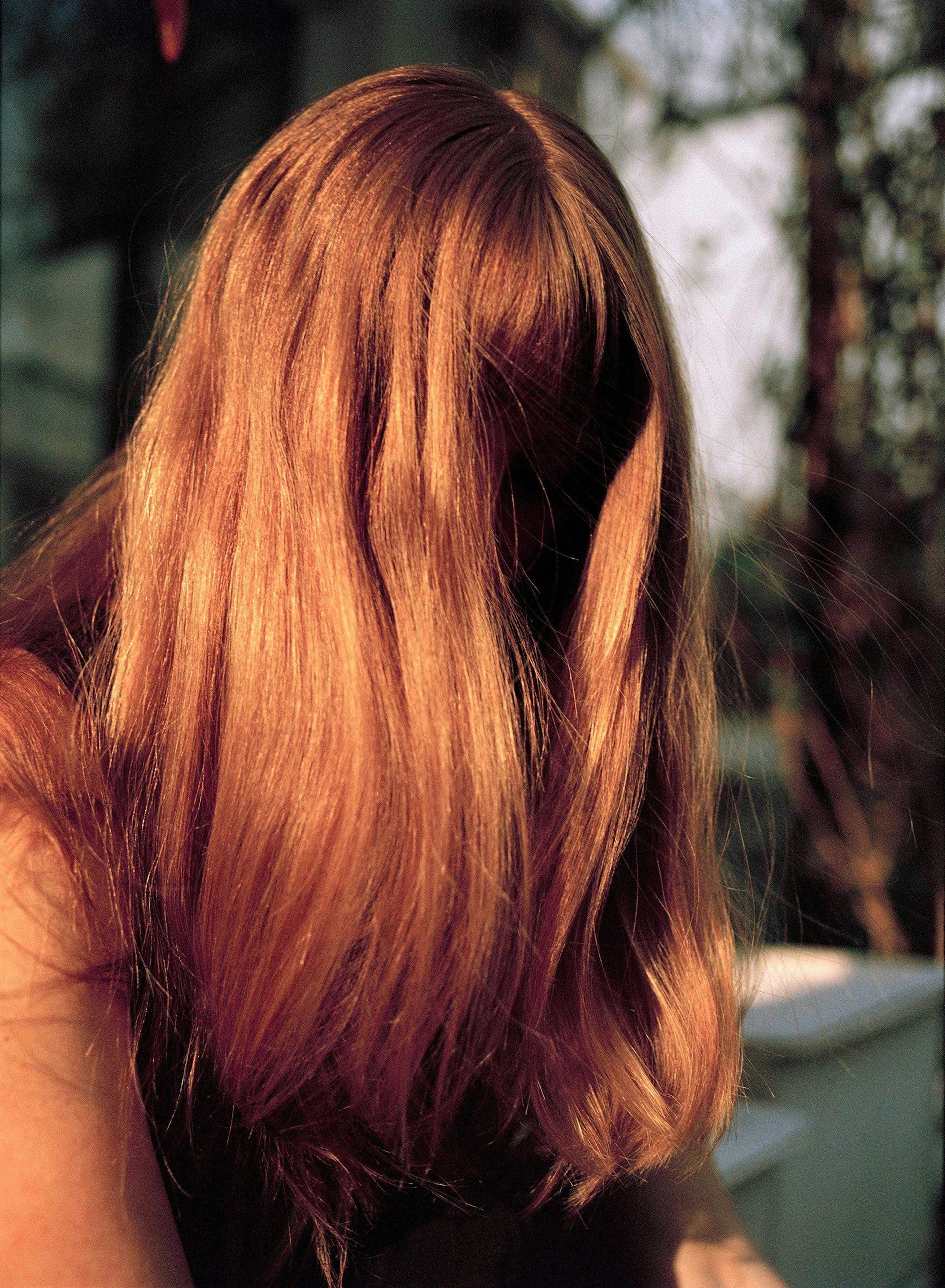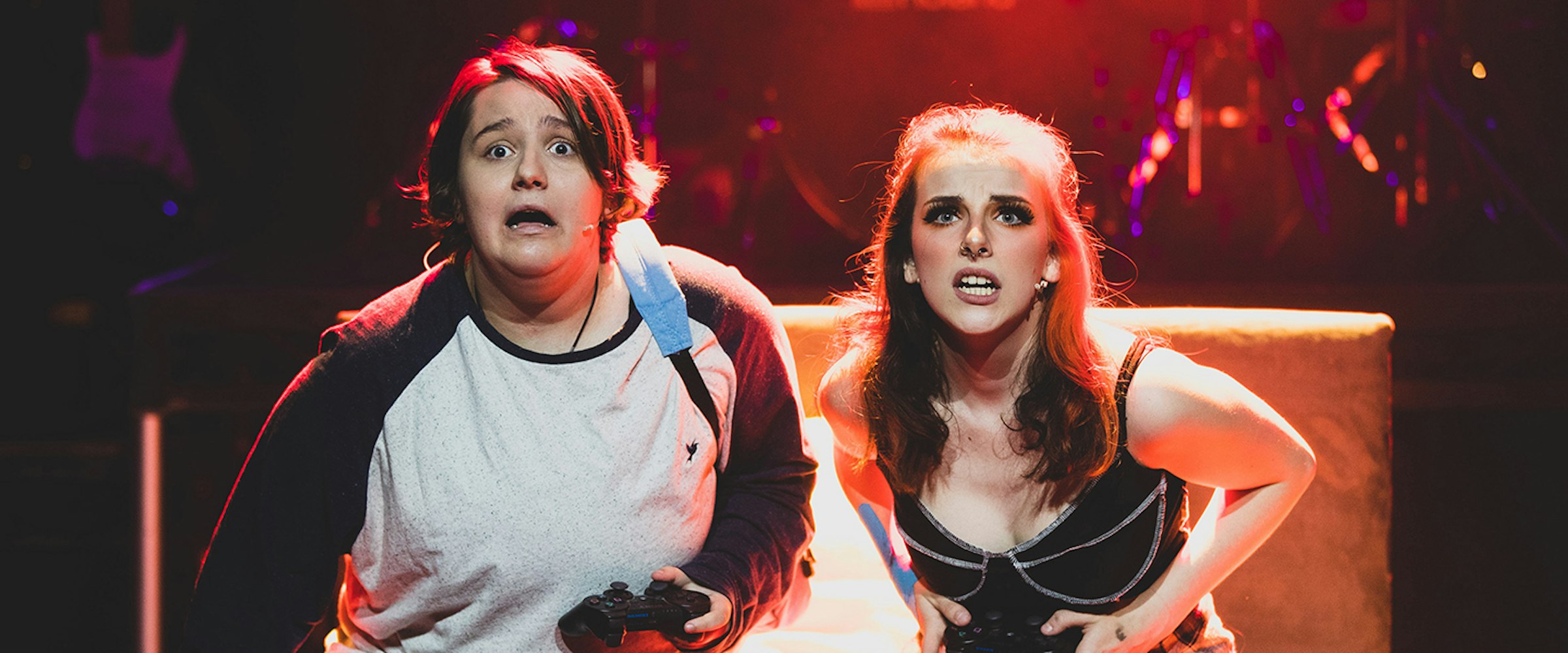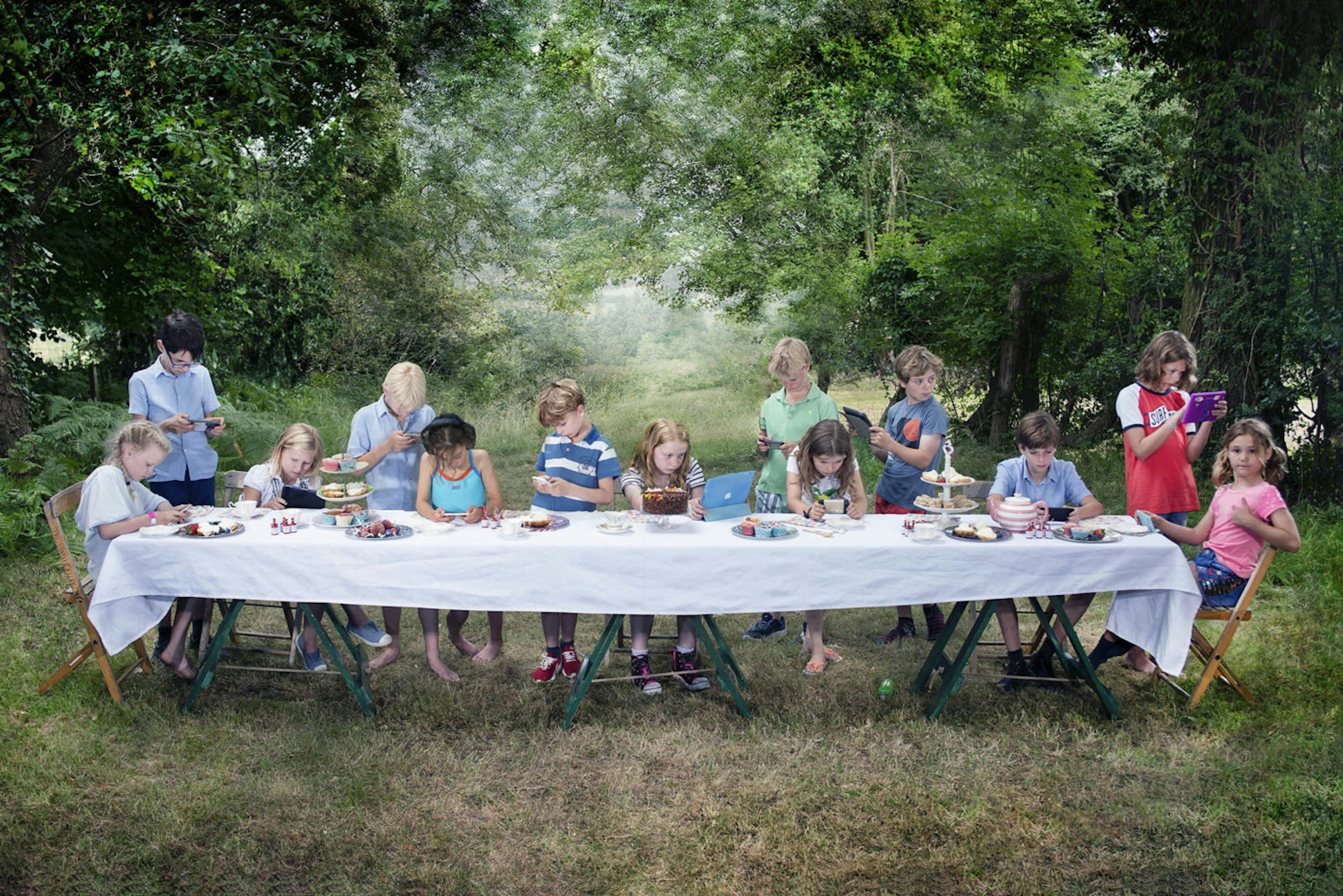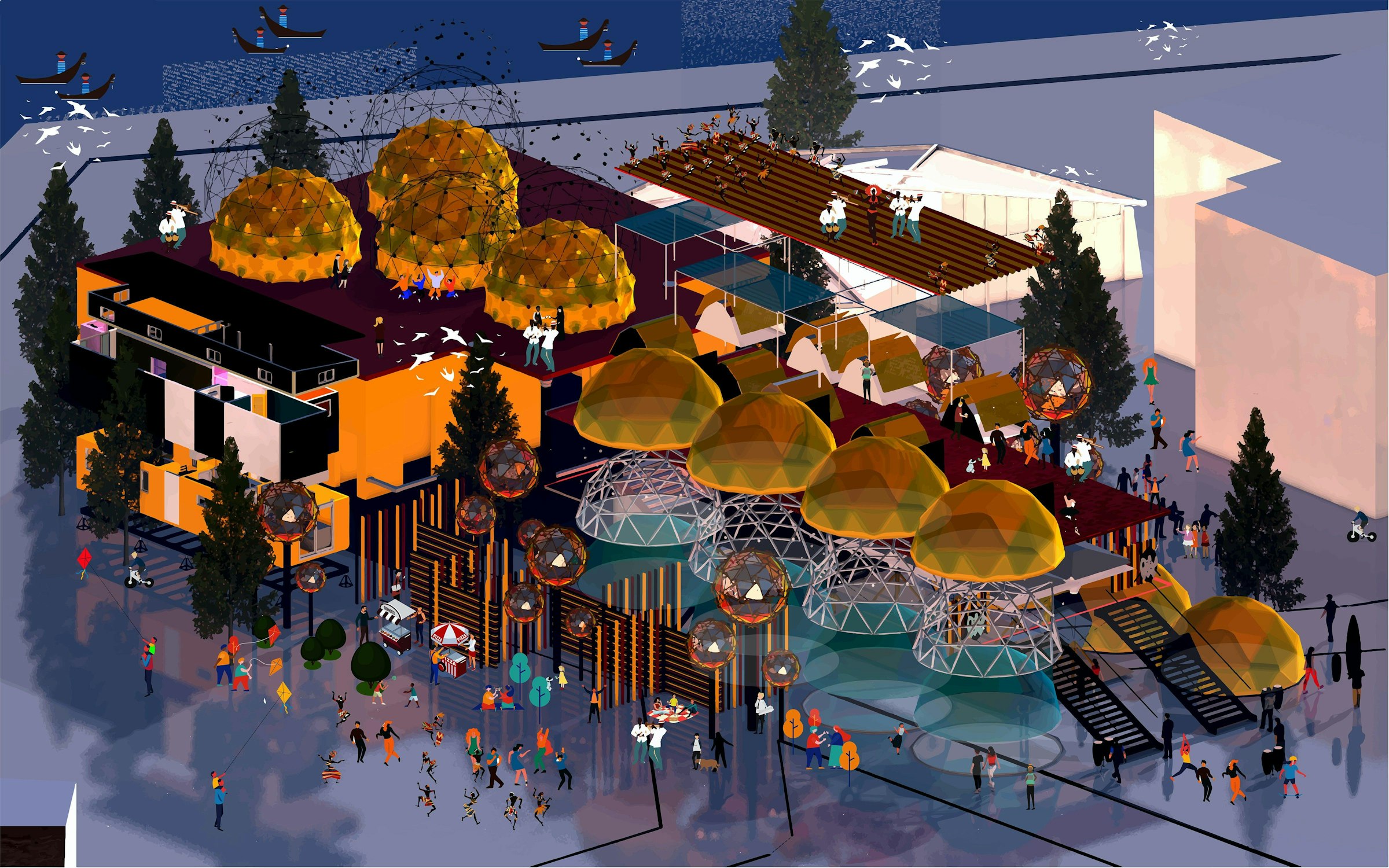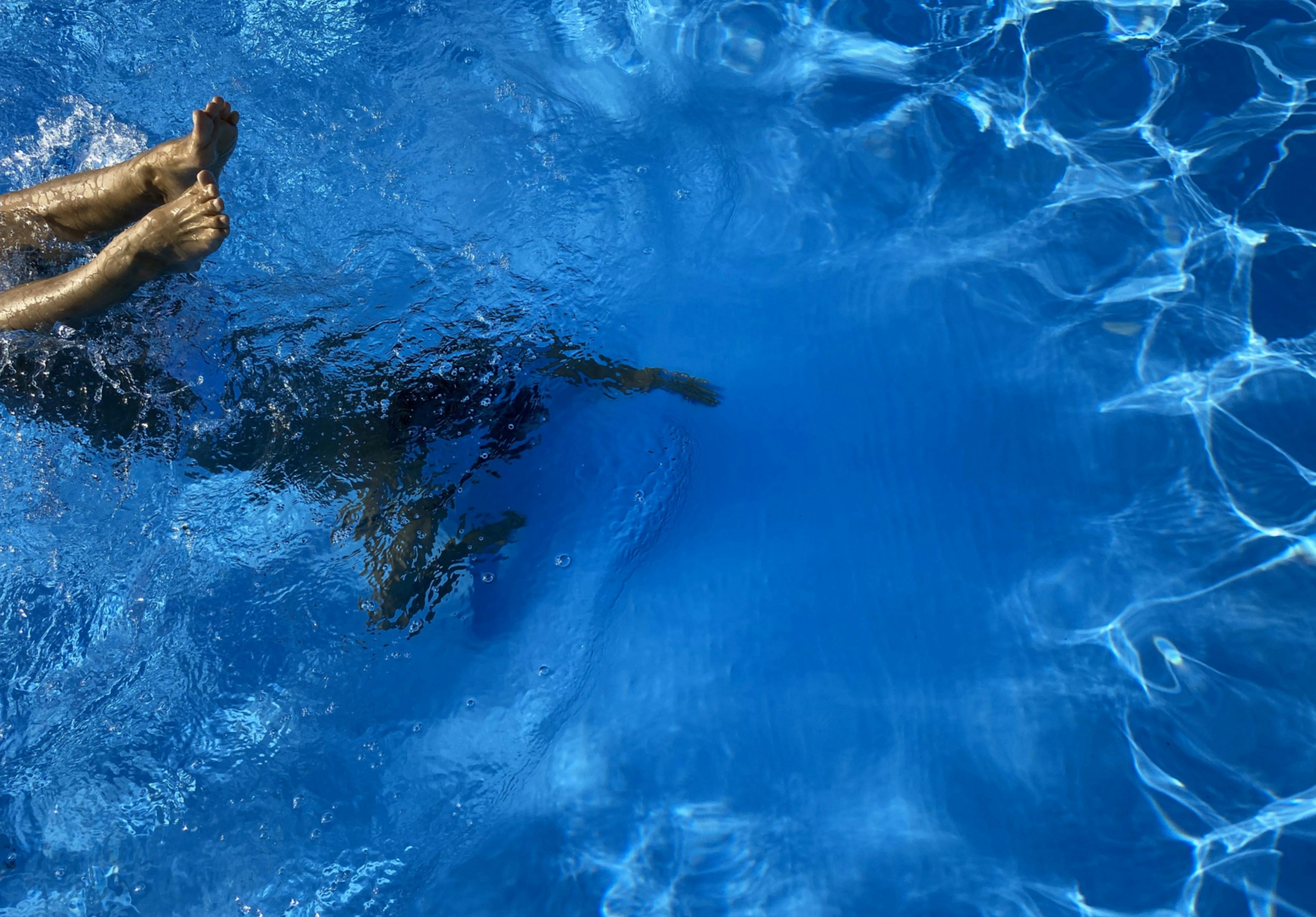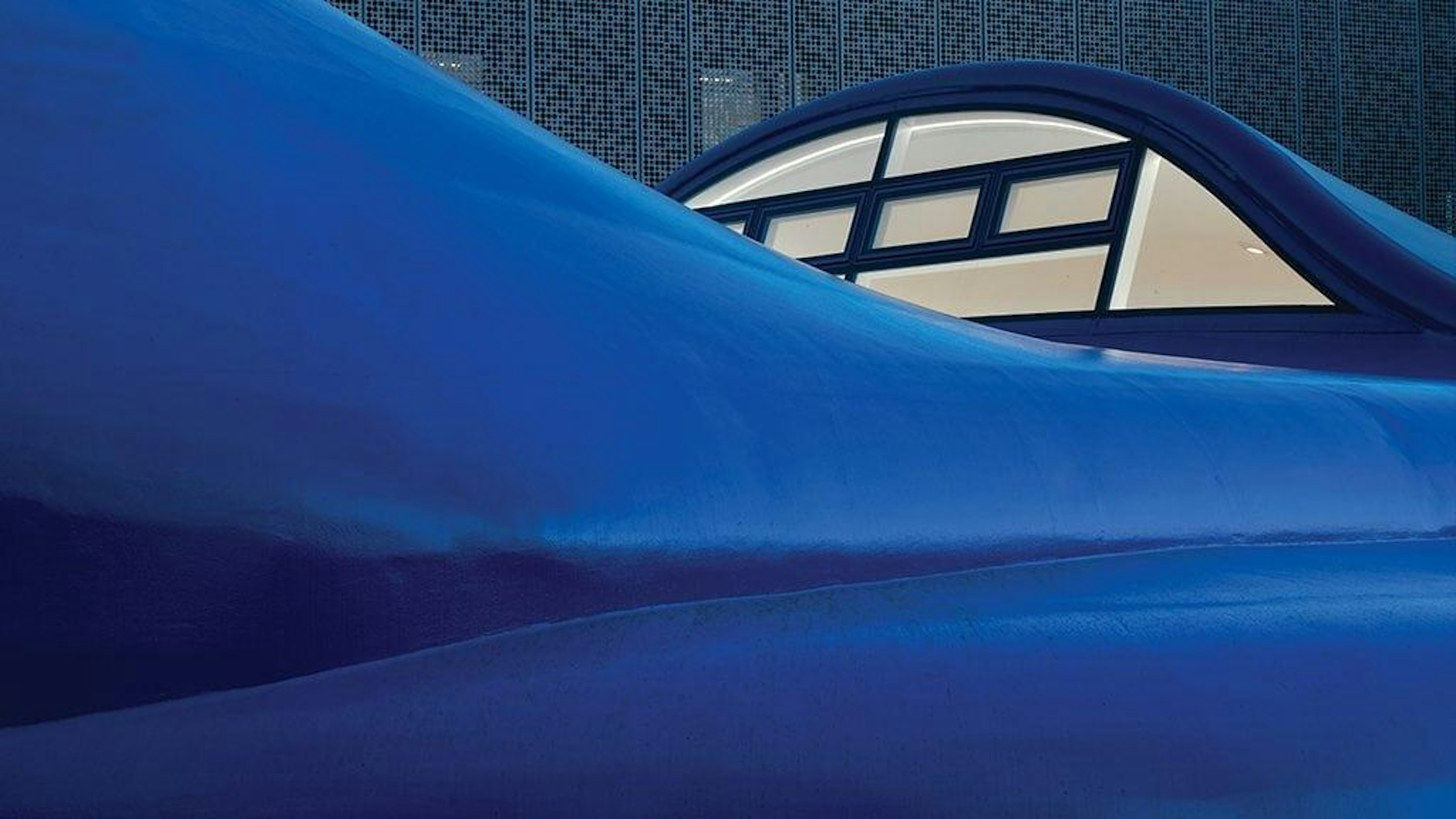
Postgraduate Costume student and researcher May Clyne has been on the trail of an iconic Victorian dress, last worn more than a century ago and seldom seen since the infamous Devonshire House Ball.
Historical Costume student May has managed to gain rare access to an extensive private collection and the iconic and seldom-seen Victorian garment, as part of her AUB research project delving into Victorian social identity as seen through the lavish costumed balls of the late 19th and early 20th century.
Now housed in a unique private collection at Chatsworth House, the delicate dress, which represented Zenobia, warrior Queen of Palmyra, remains a revered rarity, only glimpsed by the public a handful of times since its adornment by Louisa Cavendish, Duchess of Devonshire, at the Devonshire House Ball of 1897.
The Duchess commissioned Parisian Costumiers at the House of Worth to bring to life her vision of a breathtaking and spectacularly-detailed dress; a ball gown beset with jewels and bathed in silver thread and silk gauze, with green and gold metalwork and a long train of turquoise velvet.
The garment is long thought to have been inspired by an Inigo Jones costume design kept within Derbyshire's Chatsworth Estate, the principal family seat of the wealthy and aristocratic Duke of Devonshire, whose socialite partying and events were mainly held at Devonshire House, the couple’s secondary residence in London, demolished in 1924.
Attended by a veritable guest-list of some 700 esteemed nobility and aristocracy from across the world, the Ball celebrated Queen Victoria’s Diamond Jubilee and entertained many European royals, including the King and Queen of Norway, King Edward VII and Queen Alexandra, together with Tsar Nicholas II and his wife, Tsarina Alexandra, later better known as the last of the Romanov dynasty.
As the grand social occasion of its time, the Devonshire House Ball was the frequent talk of popular high society newspaper columns, fashion magazines and international socialite circles more than 120 years ago. Thanks to its contemporary use of the then newly-emerging medium of photography, the event recorded the many lavish, eclectic and varied costumes of the day; some steeped in accurate detail and family history, and others inspired by more mythical figures like Britannia and Valkyrie.
“There are some surviving 19th century fancy dress garments, but not many due to the fact that many of these costumes were for one event only, so they were often thrown away or discarded after initial use”, May adds.
“The Victorians took fancy dress amusements and occasions very seriously indeed and they spent a lot of time and consideration thinking about themes and costumes.
“Part of my research work has been about looking at how these costumes were being used to express personal and social identity for the wearer, with women in particular who used these garments as a form of creative expression.
“Unlike Masquerade Balls, which were about alter-egos and disguise, Costume Balls were more about expression through costume. Victorian Costume Balls were often visually opulent and spectacular but they could also be witty and surreal. These Balls were used as a form of entertainment and escapism, as well as a way to communicate something about yourself that every day dress might not have allowed.”
Though access to private collections is often limited, COVID-19 presented an even greater challenge for the freelance theatrical Costume Maker and Designer: “Because of the pandemic, a lot of museums, archives and collections have been closed to external researchers, so I was incredibly fortunate to have gained access to perhaps the most important of all costume dresses; the Duchess of Devonshire’s ball dress.”
May decided to study at AUB while shows, theatrical performance and events were postponed due to COVID-19. She said: “I thought this might be a really good opportunity to spend a year going back into education and seeing what I could achieve through that.
“I’ve really enjoyed it at AUB, and for me, the pandemic has been quite useful in a way because I was living back at home with family in Surrey and it meant that I could really spend some time on my research. The tutors at AUB have so extremely helpful and I felt really supported, it's been really positive. Despite the pandemic, I’ve felt like I’ve got everything out of my studies here.”
May’s research work will now be housed with the collection at Chatsworth, and the Costume student now hopes that her research can enthuse a future generation of keen investigators.
